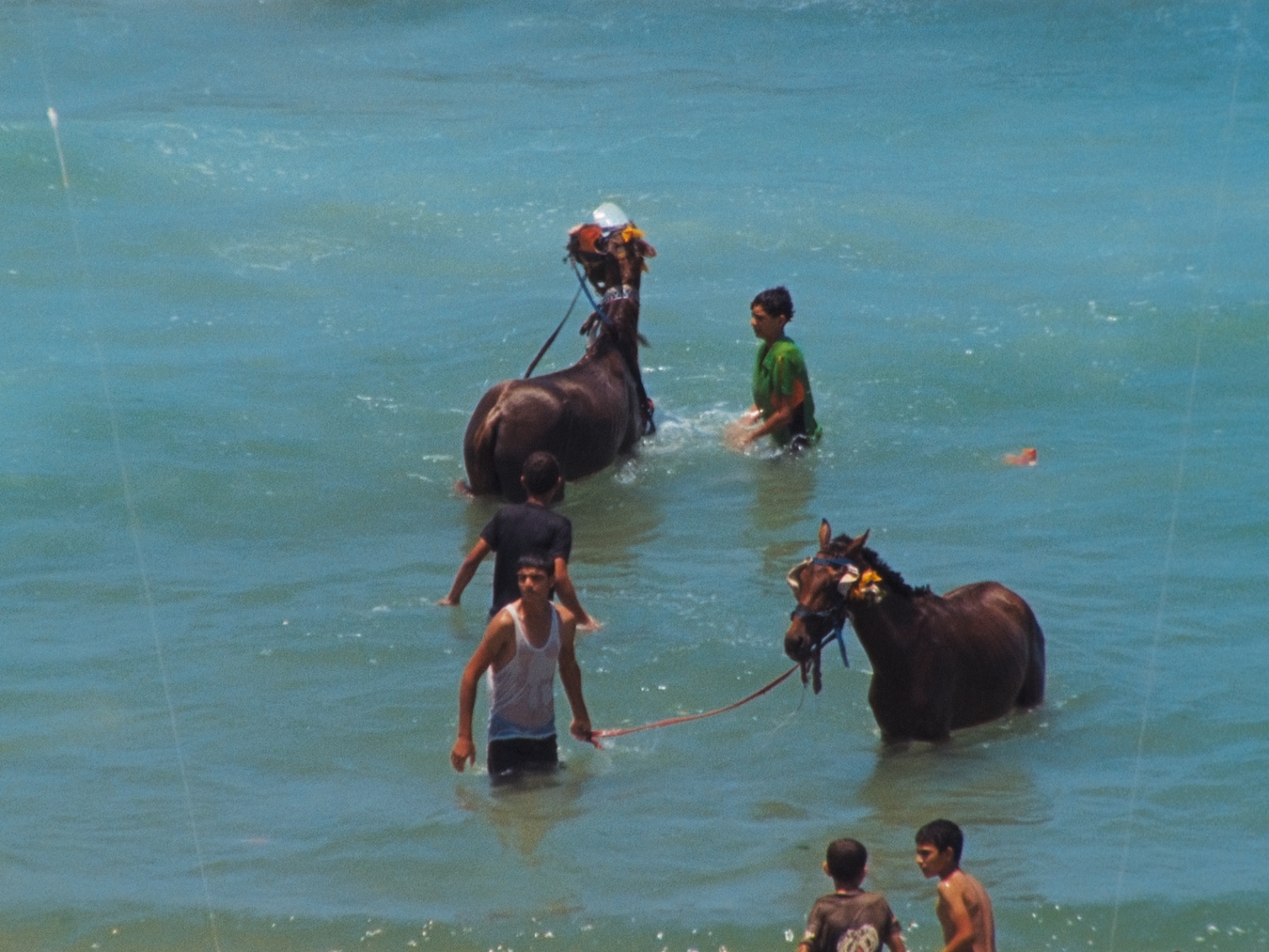Past event
06 March to 06 March 2024
6pm
To Resist: A Film Screening
06 March to 06 March 2024. Free entry.
Bardot Cinema, Lumiere Cinemas, The Arts Centre, 26 Rolleston Ave
5:30pm for light refreshments, 6pm start
Following a brief introduction, the screening will run 45 minutes
FREE
This screening is a tautoko to indigenous resistance, and the various forms it takes. To the people who have fought in the past and to those currently fighting. This is an acknowledgment of the indigenous people who live as a form of resistance. With thanks to the artists for generously loaning us these works.
We will be screening:
Emily Parr (Ngāi Te Rangi, Moana, Pākehā), Te Aroha, 2017
4’45”
Te Aroha examines the effects of gentrification, and the subsequent eviction of tenants of state housing, in the Auckland suburb of Glen Innes. To foster whanaungatanga in the suburb a weekly waiata group was established, and in this work, Parr documents a performance of the waiata Te Aroha.
Anna Rankin (Pākehā) and Alaa’ Breighith (Palestinian), Fixed Star, 2021
4’48”
Shot on the iphones of its two geographically distant makers, Fixed Star reflects on language, experience and memory, as well as the discrepancies of understanding and experience around the basic symbols that structure our lives. What does a plane in the sky suggest to those of us living in the West versus those who live under constant occupation? How can a fence line, a highway, the structure of a house and so on differ in meaning between friends separated by distance? Fixed Star was commissioned by Kei te Pai Press in 2021, and supported by Creative New Zealand.
Alia Ali (Yemeni-Bosnian-US), Conflict is More Profitable Than Peace, 2019
17’00”
Conflict is More Profitable Than Peace is a photographed binder translated into video documenting the ongoing war in Yemen. The work attempts to unravel the intricate web of historical facts and players from which one of the worst humanitarian crises of our time has emerged. By naming both victims and culprits the research presents a less distracted image of “who” while still pursuing the question of “why?” this conflict exists. Ali writes, “In order to sustain itself, my adopted country, the United States of America, depends on the destruction of my native country, Yemen, and others like it. The closest term to describe this feeling must be a relative to cannibalism.”
Rosalind Nashashibi (British Palestinian), Electrical Gaza, 2015
17’53”
In Electrical Gaza Rosalind Nashashibi combines her footage of Gaza, the fixer, drivers and translator who were her constant company, with animated scenes. She presents Gaza as isolated, suspended in time, difficult to access and highly charged, as she experienced it in the quiet pause before the onslaught of Israeli bombardment in the summer of 2014. Nashashibi travelled to Gaza with producer Kate Parker and cinematographer Emma Dalesman.
ACCESSIBILITY
All Lumiere's cinemas have wheelchair access. The Bardot screen has an allocated area at the front by the exit. There is a lift on the ground floor, situated next to Cellar Door in the South Quad entrance of The Arts Centre, also accessible via Lumiere’s Main Entrance courtyard in Rolleston Avenue. Please take the lift to Level 1 to enter the Lumiere Box Office area.
Parking
There are two mobility parks in The Arts Centre carpark entrance off Hereford street, and three mobility car parks on Rolleston Avenue just outside the cinema entrance.
Lumiere staff are available to assist by calling 03 365 0066 in advance, or feel free to reach out to Honey Brown at honey@physicsroom.org.nz.
Please note that this cinema has the capacity to seat 42 people, please arrive before 6pm to secure a seat.

